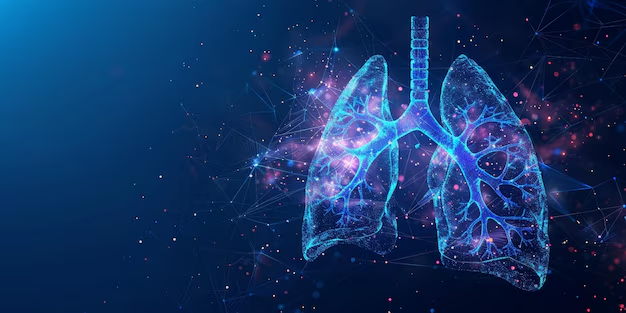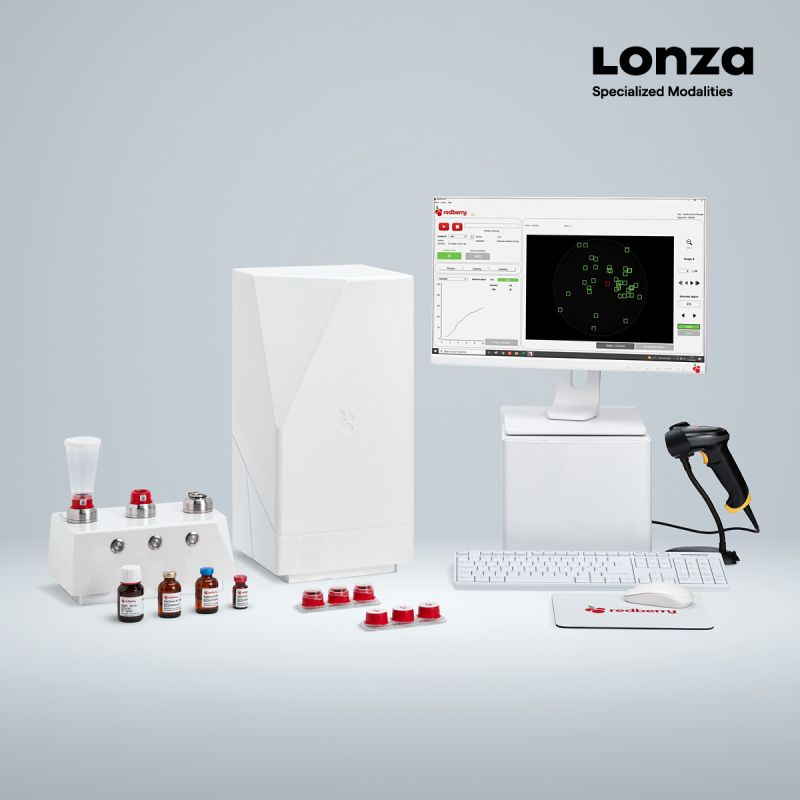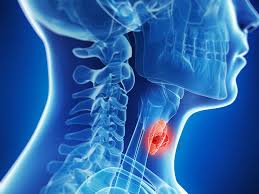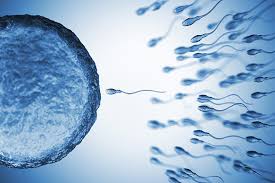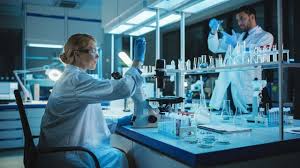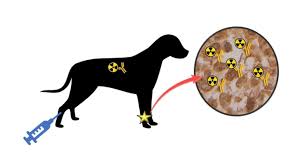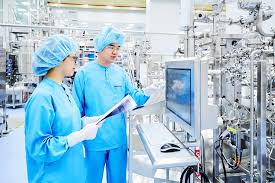The bioscience economy in the United States has evolved into a critical driver of innovation, economic growth, and societal well-being. Spanning diverse industries such as pharmaceuticals, agricultural biotechnology, and industrial biosciences, it fosters advancements that directly impact public health, sustainability, and global competitiveness. This report explores the economic, regional, and strategic dimensions of the U.S. bioscience economy, offering in-depth insights into its potential to shape the future of healthcare and industry.
The Scope and Scale of the U.S. Bioscience Economy
The U.S. bioscience sector is a cornerstone of the national economy, known for its expansive reach and transformative impact across diverse industries. It is a dynamic ecosystem that fosters innovation, supports economic resilience, and plays a pivotal role in addressing global health and sustainability challenges.
Vast Industry Scope
The bioscience economy encompasses a wide range of sub-sectors, including:
- Biopharmaceuticals: Developing life-saving medicines and therapies, with significant contributions to oncology, rare diseases, and infectious diseases.
- Medical Devices and Diagnostics: Creating cutting-edge tools for disease detection, monitoring, and treatment optimization.
- Agricultural Biotechnology: Enhancing food security through genetically modified crops, biofertilizers, and sustainable farming practices.
- Industrial Biosciences: Innovating bio-based chemicals, materials, and renewable energy solutions to replace traditional, environmentally harmful processes.
Key Metrics Driving Impact
- Economic Contribution
The bioscience sector is a powerhouse, contributing over $2 trillion annually to the U.S. GDP. This output is not limited to direct revenue from bioscience firms; it also includes ripple effects across interdependent industries such as:
- Healthcare: Advancing treatments that reduce long-term care costs and improve population health.
- Manufacturing: Supporting the production of sophisticated biopharmaceuticals, diagnostics, and medical devices.
- Agriculture and Food Production: Innovating to meet growing demands for sustainable and nutritious food sources.
- Employment Impact
The sector sustains over 1.9 million high-quality direct jobs, with an average wage significantly exceeding the national median. Beyond these direct roles, the industry stimulates an additional 5.3 million jobs in related fields such as logistics, research services, and clinical trials.
- Job Quality: Bioscience roles often require advanced education and skills, offering opportunities for career growth and economic mobility.
- Regional Job Creation: States with thriving bioscience hubs, like Massachusetts, California, and North Carolina, experience consistent employment growth, while emerging regions are gaining traction as centers for innovation.
- Global Leadership in Innovation
The U.S. maintains a commanding presence in the global bioscience landscape, accounting for over 40% of worldwide R&D investments. This dominance is underpinned by:
- Academic Excellence: World-class research institutions such as Harvard, MIT, and Stanford drive groundbreaking discoveries.
- Venture Capital Ecosystem: A robust funding environment supports startups and scale-ups, propelling transformative ideas to market.
- Industry-Academia Partnerships: Collaborative efforts accelerate translational research and commercial application of scientific discoveries.
Broader Economic and Societal Contributions
The bioscience sector is not just a driver of economic prosperity; it also delivers immense societal benefits:
- Healthcare Advancements: Improving life expectancy and quality of life through innovative therapies and diagnostics.
- Sustainability Initiatives: Promoting environmentally friendly practices, from renewable energy production to sustainable agriculture.
- Pandemic Preparedness: Enhancing capabilities to respond to global health crises, exemplified during the COVID-19 pandemic through vaccine development and manufacturing.
The scale and scope of the U.S. bioscience economy reflect its role as a transformative force in addressing the world's most pressing challenges. As the sector continues to grow and diversify, its influence on economic development, public health, and global sustainability will remain unparalleled.
Regional Impact: Diverse Strengths across States
The bioscience economy’s regional diversity is one of its greatest strengths. States and regions have carved out niches based on their resources, talent pools, and historical investments.
Key Regional Profiles:
- Massachusetts (Northeast): A global leader in biopharmaceutical R&D, supported by institutions like MIT and Harvard, and home to numerous startups and established companies.
- California (West): A hub for biotechnology and digital health innovation, with strong synergies between Silicon Valley’s tech ecosystem and San Diego’s biotech clusters.
- Midwest Region: Specializes in agricultural biotechnology and bio-manufacturing, contributing to global food security and bioeconomy growth.
- North Carolina (South): Known for its Research Triangle, it excels in clinical trials, biologics manufacturing, and academic-industry partnerships.
Emerging Regions:
States like Texas, Colorado, and Utah are rapidly growing their bioscience ecosystems, focusing on clinical trials, precision medicine, and manufacturing capabilities to attract new investments and talent.
Strategic Growth Drivers
The bioscience sector thrives on a blend of innovation, investment, and policy support. These drivers are crucial for sustaining growth and maintaining global competitiveness.
3.1 Innovation Ecosystem:
- The integration of AI and machine learning is streamlining drug discovery, improving patient outcomes, and reducing costs.
- Investments in gene editing (e.g., CRISPR), cell therapy, and RNA-based therapies are opening new frontiers in treating rare and complex diseases.
3.2 Talent and Workforce:
- The bioscience industry is expanding its workforce through collaborations with academic institutions to develop curricula tailored to emerging industry needs.
- Programs targeting underrepresented communities are being launched to address talent shortages and promote diversity.
3.3 Access to Capital:
- Venture capital funding in biosciences exceeded $80 billion in 2023, with increased focus on advanced therapeutics and digital health startups.
- Federal grants and state-led initiatives are bridging funding gaps for early-stage research.
3.4 Policy and Regulatory Support:
- Regulatory frameworks like the 21st Century Cures Act are expediting the approval of breakthrough therapies.
- Tax incentives for R&D and innovation zones are attracting both startups and established companies.
Opportunities and Challenges
Despite its robust growth, the bioscience economy faces challenges that require collaborative efforts from stakeholders.
Opportunities:
- Global Market Expansion: U.S. bioscience companies can leverage trade agreements to expand into emerging markets, addressing global health disparities.
- Sustainability Goals: Integration of green technologies, such as bio-based manufacturing, aligns the sector with global climate objectives.
- Pandemic Preparedness: Strengthening domestic supply chains and bolstering vaccine and therapeutic manufacturing are critical for future global health crises.
Challenges:
- Regulatory Complexity: Lengthy approval processes can delay the time-to-market for innovative therapies, hindering competitiveness.
- Talent Shortages: Addressing the gap in specialized skills is essential to meet the growing demand for expertise in biomanufacturing and digital health.
- Equity and Accessibility: Ensuring equitable access to therapies and treatments remains a pressing issue, particularly for underserved populations.
Case Studies of Success
Biopharma Innovation in Boston:
- Boston’s robust innovation ecosystem combines top-tier academic research with a thriving startup community. Companies like Moderna and Biogen exemplify how targeted investments can yield groundbreaking therapies.
Agricultural Biotechnology in Iowa:
- Iowa’s focus on agricultural biotech has revolutionized crop production, contributing to global food security and advancing biofuels.
Digital Health in Silicon Valley:
- Companies like Verily are integrating biosciences with technology to develop precision diagnostics and AI-driven health solutions.
Future Trends and Predictions
The future of the U.S. bioscience economy will be shaped by emerging trends that address societal needs and redefine the industry landscape.
Key Trends:
- Precision Medicine: The growing use of biomarkers and personalized treatments will dominate future R&D efforts.
- Decentralized Clinical Trials: Digital technologies are enabling more inclusive and efficient trial designs, enhancing data collection.
- Biomanufacturing Innovation: Advances in automation and sustainable practices will reduce costs and environmental impact.
Predictions:
- By 2030, the U.S. bioscience sector is expected to generate over $3 trillion in economic output, with significant advancements in oncology, neurodegenerative diseases, and rare diseases.
- The rise of collaborative consortia will accelerate the development of therapies for complex diseases, pooling resources and expertise.
Policy Recommendations
To maximize the bioscience economy’s potential, targeted policy measures must be implemented:
-
Enhancing R&D Investment:
- Increase federal funding for early-stage research and support translational initiatives that bridge the gap between lab discoveries and market-ready solutions.
-
Streamlining Regulatory Pathways:
- Simplify approval processes while maintaining safety and efficacy standards to speed up the commercialization of innovative therapies.
-
Workforce Development:
- Expand STEM education programs and create pathways for mid-career transitions into biosciences, particularly in underserved regions.
-
Promoting Public-Private Partnerships:
- Encourage collaborations between academia, industry, and government to foster innovation ecosystems that drive local and national economic growth.
The U.S. bioscience economy is at a pivotal moment, poised to lead in global innovation while addressing critical health and sustainability challenges. By leveraging its strengths in R&D, policy innovation, and talent development, the sector can ensure long-term growth and global leadership.
This report underscores the need for continued investment, strategic collaborations, and a focus on equitable growth to unlock the full potential of the bioscience economy, benefitting not only the U.S. but the global community at large










